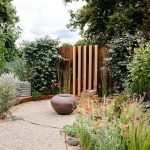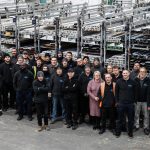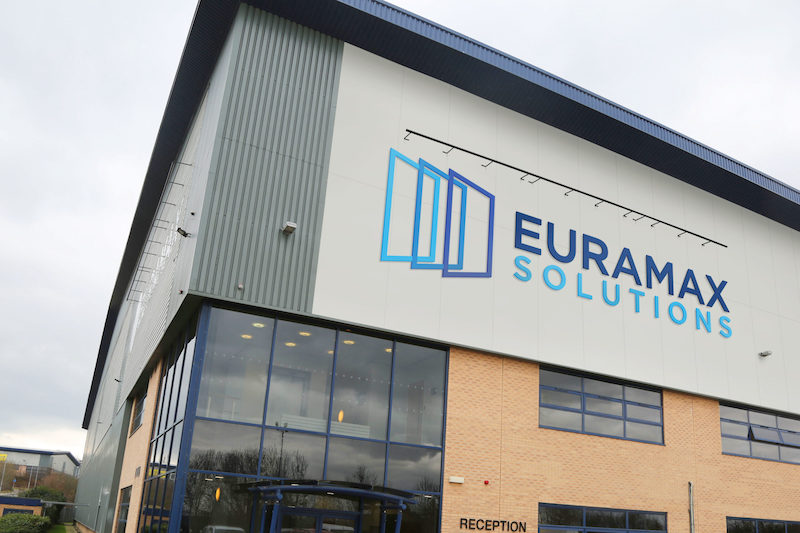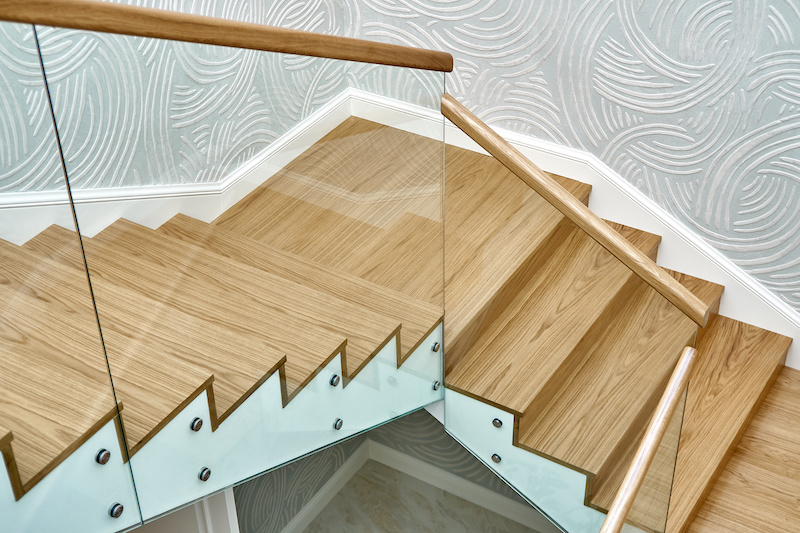MMC is the only way housing targets can be hit
With UK housing targets yet to be met due to the coronavirus pandemic, accelerating the building process will be key to recovery. Here Chris Williams, MD of offsite experts Green Life Buildings, discusses how Modern Methods of Construction (MMC) are the smart solution to bridge that gap and pick up the shortfall.
If we are going to hit the 300,000 properties a year that Britain is supposed to be building, doing it the traditional way is quite clearly failing. And is it any wonder why?
As an industry, it’s making less and less sense trying to put together thousands and thousands of components in a muddy field. In fact, it’s a miracle it works at all.
One of the ways it can be done quicker and easier is through offsite construction and Modern Methods of Construction (MMC).
But, while MMC are increasingly falling under the spotlight thanks to them having a Champion in Mark Farmer and being used in several high-profile TV programmes, the reality is that most specifiers, architects, and quantity surveyors just don’t understand them.
And, while we are seeing more contractors and large companies encouraged by MMC, it is not happening quickly enough.
A golden opportunity
Offsite construction allows projects to be built quicker, cheaper, and greener compared to traditional building methods.
As well as housing, there are a lot of office blocks to be rebuilt and urban high streets to be repurposed and offsite construction is a solution. The GLB panel becomes the versatile element lending itself to MMC Category 1 volumetric and Category 2 panelised systems.
Together they combine to be suitable in a variety of opportunities. We can supply contractors, builders, developers and other MMC companies with a base kit of parts. Rather than competing we look to create the OpenSource platform for building – sharing a platform in the same way the car industry does, will allow for greater choice and deliver more lower carbon developments than we can alone.
Using MMC techniques can also mean difficult plots can be accessed and built on much easier, while buildings that would normally take months and months to put up can be built in a matter of weeks.
The versatility and adaptability of GLB MMC also allows for greater design flexibility which should appeal to a lot of markets.
Challenging preconceptions
The speed at which MMC and offsite construction is adopted will very much depend on the rate at which planners and housing associations understand the reliability of these methods, instead of thinking a housing developer can throw them up and they’ll be good to go in a year or twos time.
We need to call on government and agencies to improve clarity on funding and make it easier to access and secure for SMEs in the offsite construction supply chain, and we need to reach out and work collaboratively within the supply chain to secure projects to work on now.
Pre-conceptions of those feeling hesitant to join offsite construction need to be challenged. There’s no reason why people should think homes built in a factory are not as good as those that aren’t. In a couple of years offsite and modular will be seen as an alternative and a different way of doing things.
Changing perceptions
Many still have a rigid view of offsite construction; that of modules being made in an out-of-town factory, transported by road on an artic lorry and then craned into position and joined at a building site.
While this is true for the mark 1 MMC factories which in essence are semi traditional homes built in a factory, the second-generation Volumetrics are innovative construction and manufacturing of homes. The spectrum of MMC options in the future is much broader, with a range of safe, robust, and commercially viable solutions to choose from as one size doesn’t fit all circumstances.
As well as volumetric, alternative offsite construction options include pop-up factories on larger sites which avoid the need to transport whole modules by road. Instead, temporary buildings create an onsite factory to assemble panelised MMC at the site, meaning little upfront spend, an easy way to instantly add value to each local economy, with much more design flexibility lost due to transport restrictions.
Green Life Buildings’ (GLB) innovative panelised building system comprises of a modular panel made up of two galvanised welded steel wire meshes joined by connectors and enclosing an expanded polystyrene sheet, which is then assembled and sprayed with shotcrete to provide structure and weatherproof properties. The panels can form walls, floors, landings, roofs, stairs, and internal partitions can be curved, meaning a single home can be constructed almost entirely from the material and without design restrictions. To find out how you can build quicker, greener, and cheaper on your next project visit www.greenlifebuildings.co.uk
















